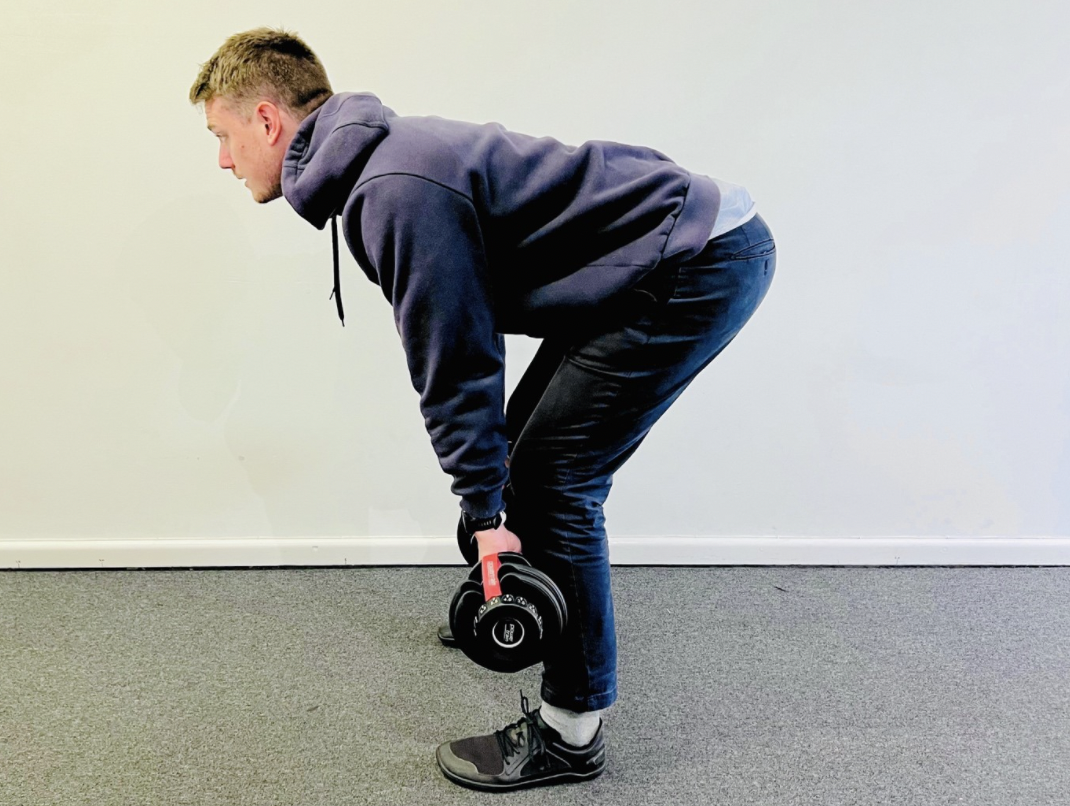Low back Pain | Physiotherapy or Imaging?
Wednesday, July 27, 2022
It seems to be “expected” that the first step for acute low back pain is to get a referral for medical images! However, studies prove negative consequences for unwarranted spinal imaging and health experts advise against routine use of medical images without differentiation. So, it’s important to know when should you get images for lower back pain?

Low back pain imaging guidelines
Gold standard for non-specific low back pain is conservative management after the initial 4-6 weeks of symptoms, unless there are red flags (see below): that means pharmacology, medical management, and physiotherapy treatment. More than 85% of patients with acute, non-specific back pain will improve after a few weeks of conservative management.
Unwarranted medical imaging at this stage can negatively influence individual patient outcomes (not to mention increase healthcare costs!), by having a negative influence on a patient’s pain behaviours, attitudes and beliefs. This is because structural abnormalities (such as disc degeneration, disc herniation and facet arthropathy) are shown on medical imaging like X-ray, MRI, ultrasound, and CT scans, for the majority of asymptomatic individuals, especially as we age! Those structural abnormalities may not therefore be the cause of any pain (while they are unknown!).
When patients do not respond to conservative management after the initial 4-6 weeks of symptom onset, a general practitioner or physiotherapist may refer for imaging.
Low back pain red flags
Refer for imaging at the onset of low back pain symptoms, when:
Identification of red flags and concern for serious pathology, e.g. infection, cancer, fracture cauda equina syndrome.
Those with abnormal neurology, e.g. when motor weakness or muscle atrophy accompanies those with radiculopathy (pinching of nerve root) symptoms.
Unremitting radicular pain (radiates from back and hip into legs through the spinal nerve root).
Radiculopathy pain and treatment
Imaging for radiculopathy (pinching of nerve root) is usually not indicated in first 4-6 weeks after symptoms onset because:
- It’s often a self-limiting benign condition
- Majority of disc herniations resorb
- Patients usually become asymptomatic within 8 weeks after symptom onset
As above, medication for pain control and physiotherapy should be the first line of treatment for radiculopathy.
What kind of scan do I need for back pain?
- X-ray not usually indicated – insensitive for spinal pathology
- CT - Usually done if MRI contraindicated
- MRI - Gold standard for all low back pain patients
Can Physiotherapy help low back pain?
Yes, seeing a Physiotherapist, such as the staff at Physio Inq Engadine and Physio Inq Sutherland, can assist with the relief of symptoms and long term treatment of low back pain.
What is the treatment for acute low back pain?
Physiotherapy should be first-line treatment for non-specific back pain and those with radicular symptoms. Consists of:
High-quality education on aetiology, prognosis and rehabilitation
Activity modification, including graded return to activity or sport
Manual therapy – soft tissue releases, dry needling, joint mobilisations etc
Exercise – strengthening, motor control, mobility etc
Prognosis has been shown to be positively influenced with physiotherapy interventions.
Can a physio refer for scans?
Yes, a Physiotherapist can refer for diagnostic imaging like MRI, X-ray, Ultrasound scans. However only X-rays referred by Physios are covered fully by Medicare; you will need to contact the radiology provider to find out the out of pocket of other scans, or refer to one of our friendly local GPs.
Acute low back pain is a common issue treated by Physiotherapists. At Physio Inq, our Physiotherapists will be able to do a thorough testing and diagnosis, as well as provide gold standard treatment to help you live a life with less limits. Contact us today to book your consultation.
![]() Written on behalf of Physio Inq Engadine
Written on behalf of Physio Inq Engadine
